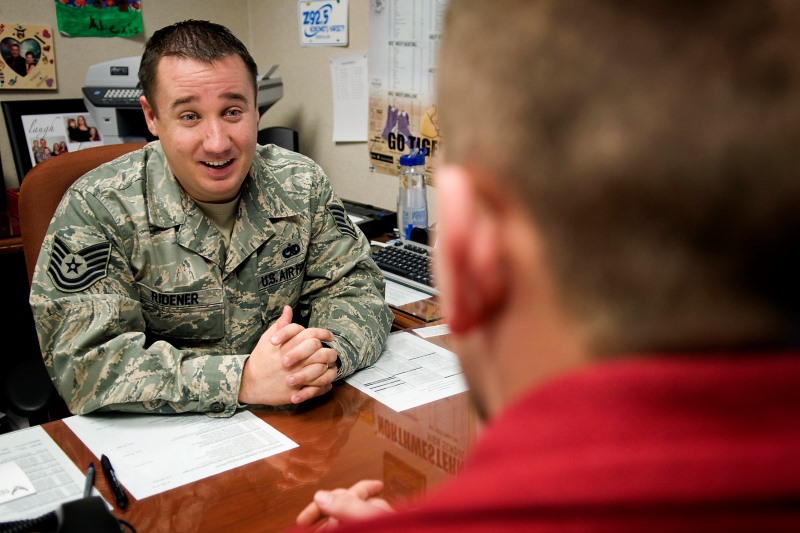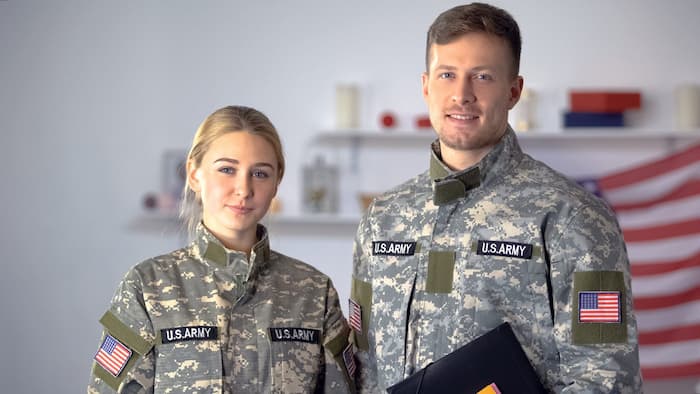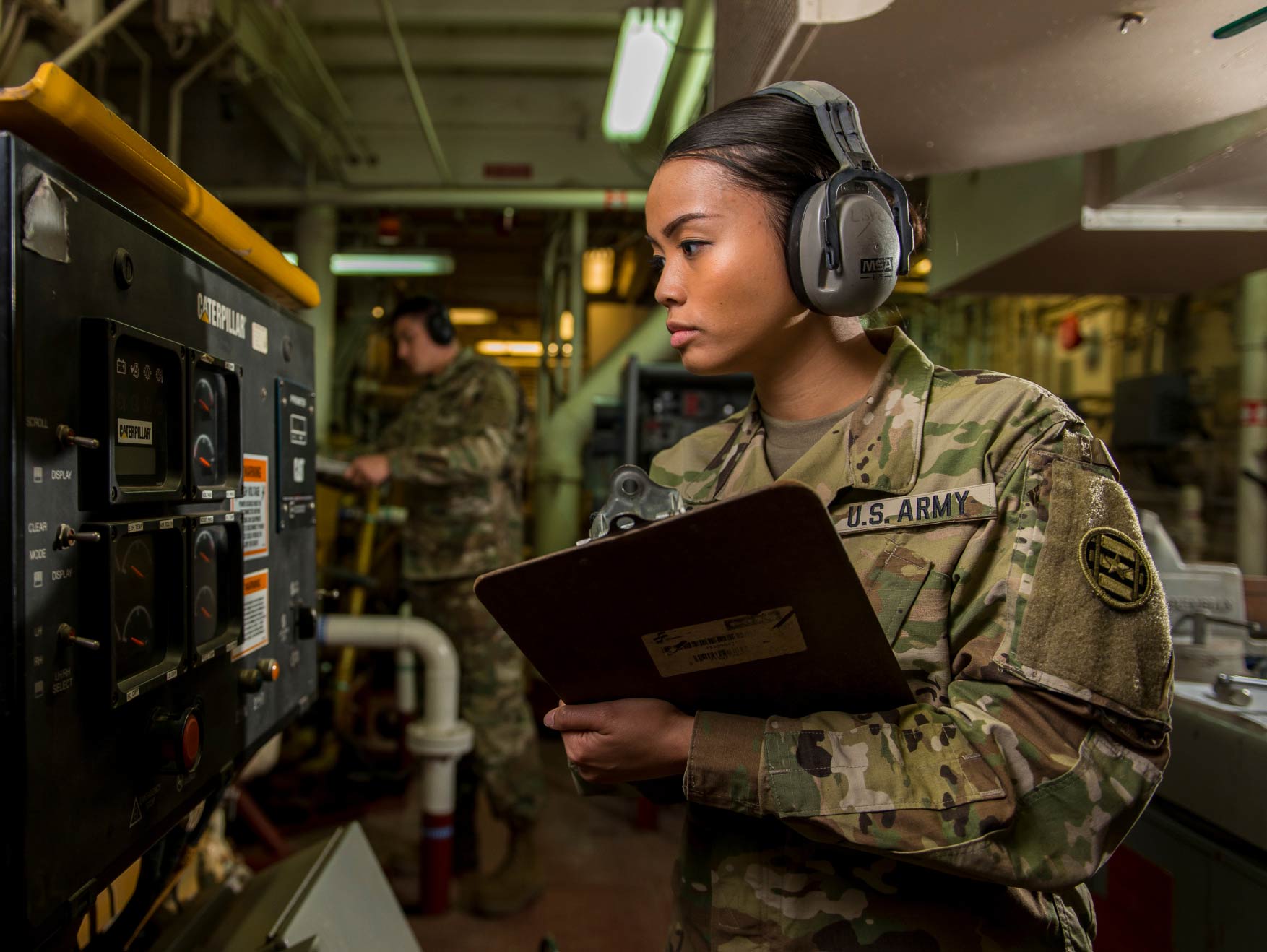Are you looking to enlist in the military, but concerned that your ASVAB score is below the cutoff threshold? Do not let low test scores get in your way! In this case, an ASVAB waiver will be your second chance for your pathway to military enlistment. Generally, an ASVAB waiver is a pass given to recruits with a score below the minimum requirements to join the military by showcasing other qualifications. In this post today, we will give you a clear overview of what an ASVAB is, the qualifications to apply for, and step-by-step instructions to be granted a waiver. Let’s get started to know how you can turn obstacles into opportunities!
What is an ASVAB waiver?
The ASVAB waiver is a special allowance given by military branches, allowing a recruit to enlist even if their ASVAB score falls below the minimum requirements. The waivers serve as a gateway for individuals who may not be satisfied with the cognitive requirements but possess qualities, considered special, making them valuable candidates for certain military roles.
The military understands that several external factors can affect your ASVAB score. Therefore, the ultimate goal of the ASVAB waiver is to ensure unique strengths are not missed due to test performance. This opportunity has been extended to recruits to help them prove their ability through their success attributes.

Common reasons for ASVAB waiver
Here are some common reasons for granting an ASVAB waiver:
- Close to the minimum score requirements: Individuals with scores slightly lower than the requirements can still qualify through a waiver, provided other strengths make them strong candidates in other ways.
- Exceptional non-ASVAB qualifications: a low score in ASVAB can be offset by:
- Outstanding physical fitness: Proven athletic ability or strong physical test results
- Experience with leadership positions: Proven leadership via community organizations, athletics, or ROTC programs.
- Specialized skills in vocational-related fields: Recruits who have special skills such as foreign language fluency, and critical technical skills can be eligible for a waiver.
- Prior military service: Veterans looking to re-enlist can be granted an ASVAB waiver if their prior service record reflects reliable skills, even if their current ASVAB score is below the bare minimum.
- High demand for recruits: When enlistment is low, the military can lower their standard to meet the staffing requirements. Certain shortage specialties can also grant waivers for applicants with lower scores.
- Branch policies: Each military branch establishes its policy on the number of ASVAB waivers it issues. The Army is known for its lenient standards compared to other military branches.
While the ASVAB waiver creates the opportunity for military enlistment, it does carry some limitations:
- Approval is not guaranteed: The approval will be considered case-by-case, ensuring the recruit meets the general standard for military service.
- Restricted opportunities: Candidates with waivers may not qualify for all available positions or advanced training programs, specifically those requiring advanced cognitive aptitude.
How to get an ASVAB waiver?
Though the procedures can vary depending on the branches, the following steps would help you to successfully acquire a waiver:
Step 1. Contact a recruiter

First, speak with a recruiter for your desired branch. The recruiter is your guide through the enlistment process and can help determine whether you are waiver-eligible. Your recruiter will examine your ASVAB scores and advise on any strengths or qualifications you may have to get around this barrier.
Step 2. Identify your qualifications apart from ASVAB scores

Since an ASVAB waiver is approved on a case-by-case basis, you will have to show some potential and achievements that make up for the low test results. Demonstrate some of the following qualifications with the military branches:
- Relevant experience or certifications: Work experience, degree, or certification related to your desired military occupation. Technical experience, trade skills, or specialized training can be weight points.
- Meeting other standards: Ensure you meet the standards for physical fitness, medical, and moral to complete your application. Additional assessments for certifications from the military can enhance your application.
- Learning aptitude: Demonstrate how you can learn and perform in the military and professional environments.
- Attempt to improve ASVAB scores: Show your dedication to improving your ASVAB through the Armed Forces Classification Test (AFCT).
Step 3. Gather all supporting documents

Organize all necessary documents to present your case for a waiver request, including but not limited to:
- Original ASVAB result: Your official test results
- Additional proof of aptitude: Job performance evaluations, records of relevant training, or skills certificates.
- Character references Letters of recommendation from teachers, employers, or local authorities that highlight your abilities and work ethic.
Step 4. Submit your waiver application
Work with your recruiter on forwarding a waiver request. This typically involves:
- A formal application: It will be filed through the internal system by your recruiter
- Written justification: Include in detail why a waiver should be granted, focusing on your strong points, achievements, and devotion to military service.
Step 5. Wait for review
After submission, your waiver request will be considered by an official in the accession command of the branch. They would normally consider the following factors:
- Your overall profile: How your qualifications, strengths, and potential compensate for your low ASVAB score.
- Branch-specific demand: High-demand roles or staffing shortages can influence waiver decisions.
Step 6. Receive the result
The result of your waiver application will be informed to your recruiter, This can either take the form of:
- Approval: This is the go-ahead signal to process the service
- Denial: Your request is denied, while your recruiter might inform you what to do next such as improving your ASVAB, or retaking your ASVAB test.
FAQs
1. Is it hard to get an ASVAB waiver?
It is tough to get an ASVAB waiver, but it all depends on the military branch, the demand for recruits, and your overall qualifications. Certain branches, such as the Army, can be more lenient with their standards than others. To maximize your chances, you must emphasize your strengths accompanied by good support documentation.
2. Can you get a waiver for your ASVAB score?
Yes, it is possible to get an ASVAB score waiver if you can demonstrate your other qualifications that make up for low ASVAB scores. These qualifications could include:
- Relevant certifications and technical skills
- Exceptional physical fitness
- Commitment to learning and improvement
Approvals or disapprovals will come on a case-by-case basis from each branch accession command. The role of your recruitee becomes extremely important hereby facilitating a submission and justification of a waiver application in support of you.
Final thoughts
An ASVAB waiver can be a critical opportunity for those looking to serve in the military even when their test scores remain lower than the required marks. Although the process seems challenging, it is possible to achieve this with some preparation coupled with determination and guidance from your recruiter, Highlight your particular strengths, assemble sorts of documentation, and configure yourself as an all-rounded applicant. Good luck on your journey!




